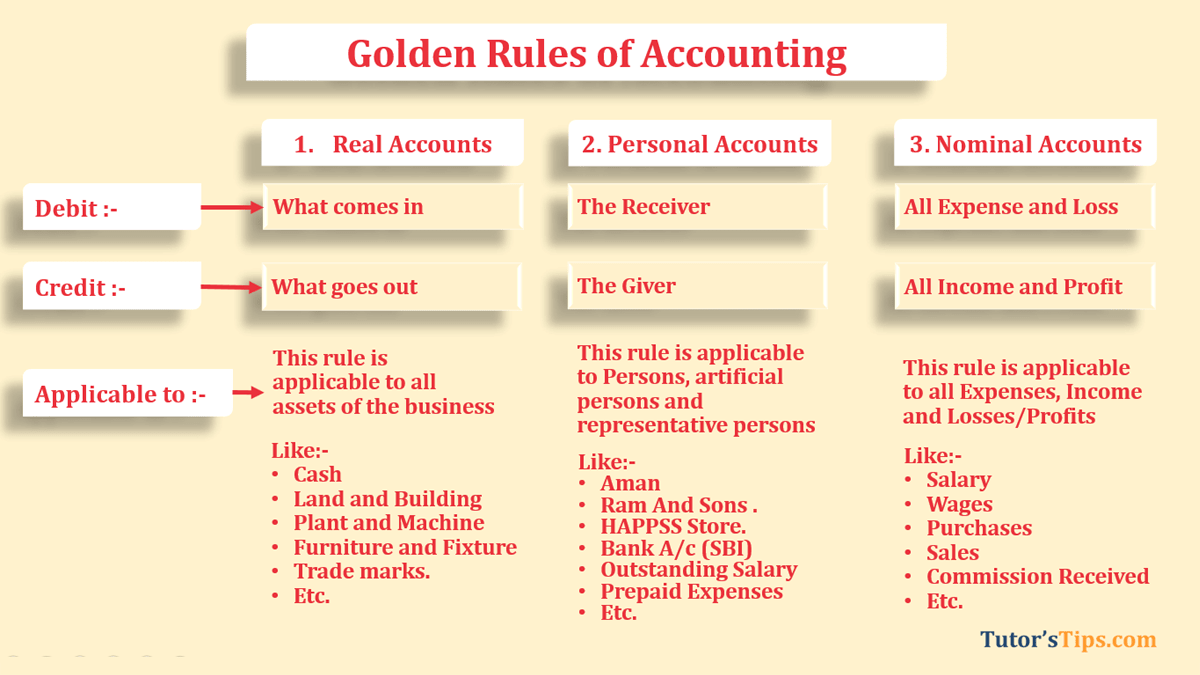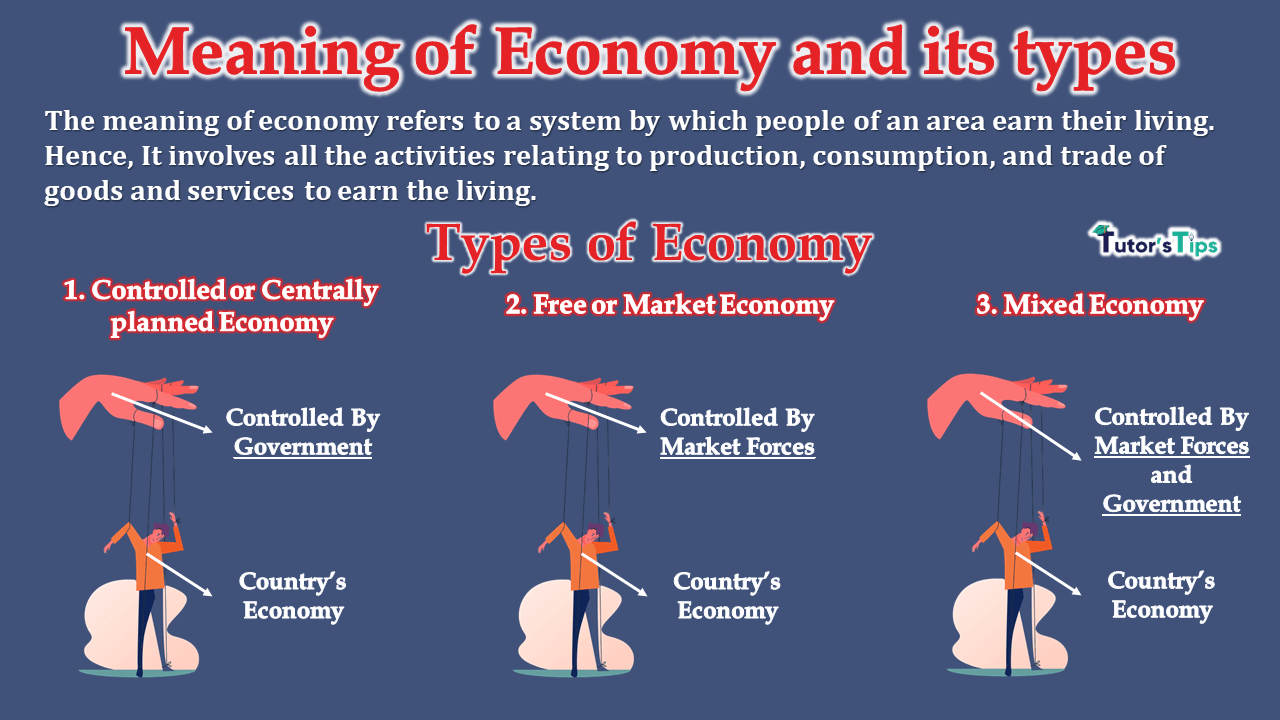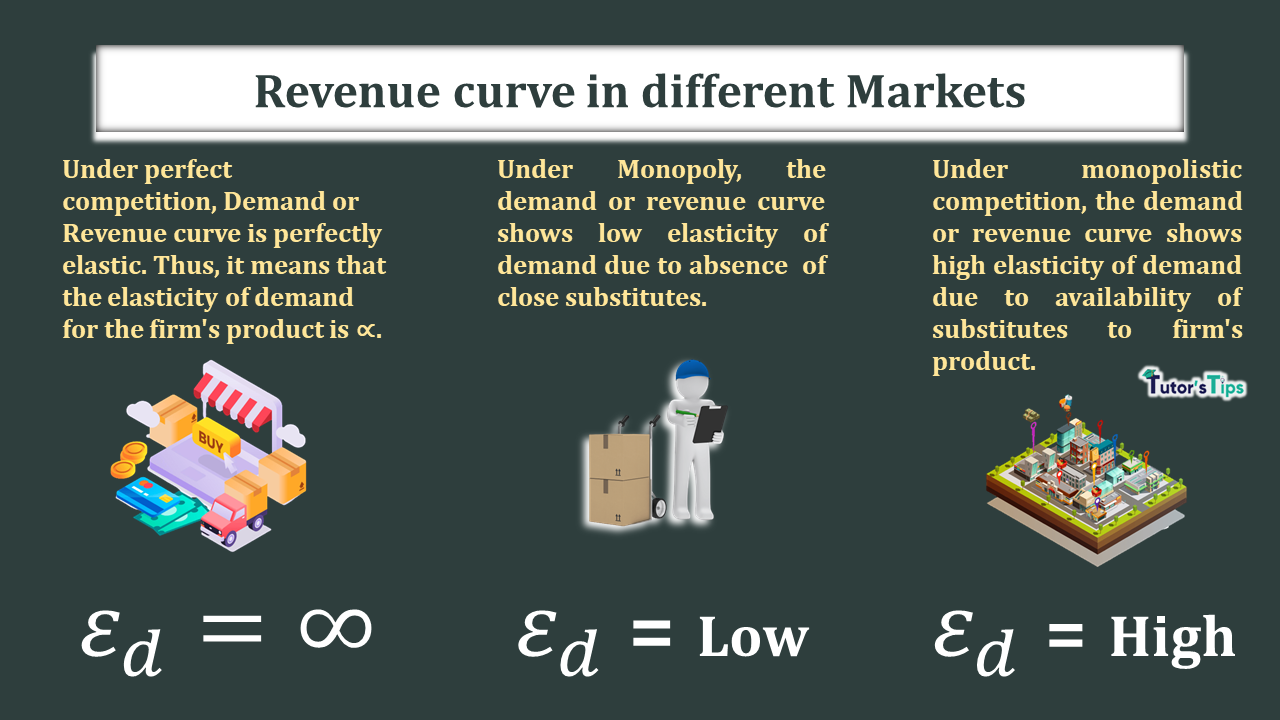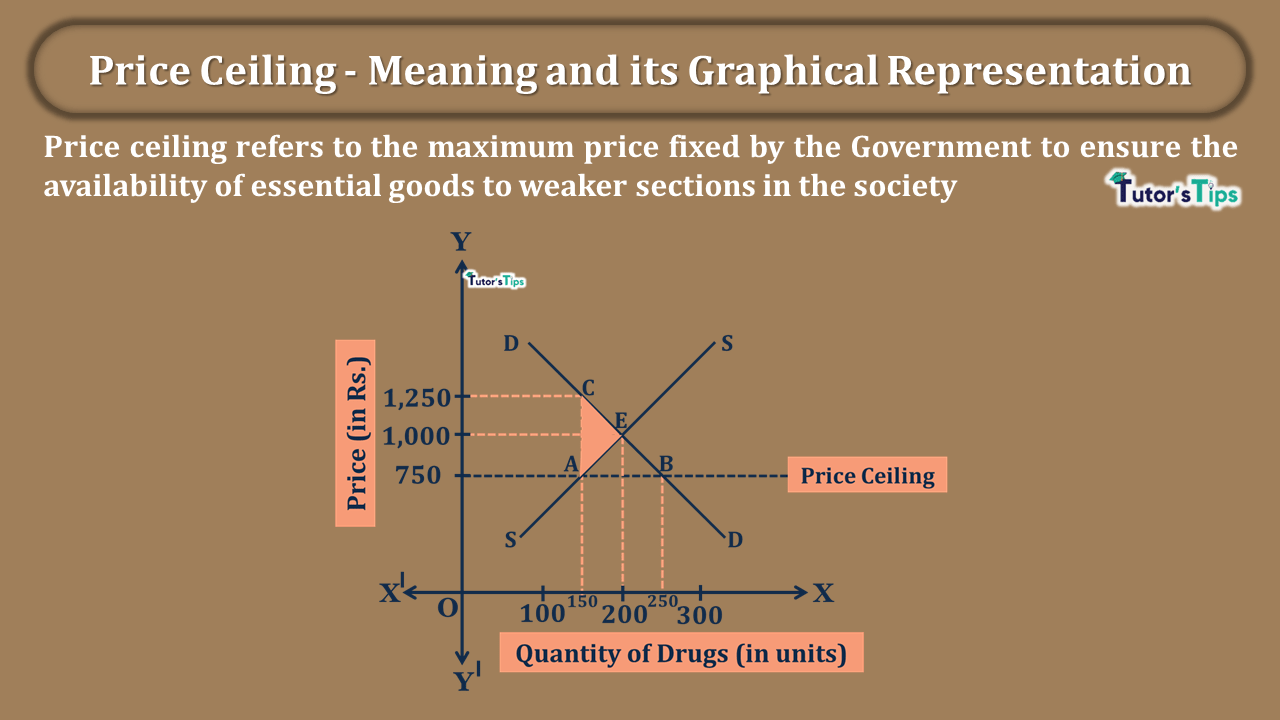The meaning of economy refers to a system by which people of an area earn their living. Hence, It involves all the activities relating to production, consumption, and trade of goods and services to earn the living.
Meaning of Economy:
As we know people perform different economic activities to earn their living. For instance, doctors go to the hospital, teachers teach the students and farmers go to work in fields. Thus, the nature and level of economic activities performed by the people of an area reveal a system. Hence, that system by which people of an area earn their living through economic activities is known as the economy.
Subscribe our Youtube Channel
Elements of the economy:
The meaning of economy involves the following basic elements:
- Nature of economic activities
- Level of economic activities
Nature of economic activities:
It reveals the nature of the economy. It differentiates the activities whether these are agricultural, industrial or service related. Majorly, the primary sector in the economy involves agricultural activities whereas the secondary sector is engaged in industrial activities.
Level of economic activities:
The level of economic activities shows the state of the economy. It differentiates the economy whether it is developed, rich, poor, or underdeveloped. Generally, it defines the level of production activity whether the economy is engaged in high-level production or low-level production.
Types of Economies:
- Controlled or Centrally planned Economy
- Free or Market Economy
- Mixed Economy
Controlled or Centrally Planned Economy:
It refers to the economy in which the economic activities relating to production, consumption, investment, or exchange are controlled by the government or some central authority. In such economies, the degree of control is very high. Countries like China, Russia, and North Korea have such economies.
Features:
- Economic decisions are driven by the motive of social welfare.
- The consumer is not sovereign as the central authority decided what goods are to be produced for the people.
- Most resources are controlled or owned by the government. The government decides at what price the goods are to be sold in the market.
- The public sector dominates economic activity.
Free or Market Economy:
It refers to the economy in which the economic activities relating to production, consumption, investment, or exchange are controlled by the market forces such as demand and supply. In such economies, the degree of control by the government or any authority is very low or notional. The countries like the USA and UK have such economies.
Features:
- In this, Economic decisions are driven by the motive of profit maximization.
- The consumer is sovereign as the consumer buys goods according to his choice.
- Most resources are controlled or owned by the people. In addition to it, The market determines the prices of goods and services.
- The private sector dominates economic activity.
Mixed Economy:
It refers to the economy in which the economic activities relating to production, consumption, investment, or exchange are governed by the market forces such as demand and supply and controlled by the government. In such economies, the degree of control by the government or any authority is moderate (neither very high nor very low). India is the biggest example of such an economy.
Features:
- Economic decisions are driven by the motive of both profit maximization and social welfare.
- The consumer is sovereign. However, PDS (Public Distribution System) ensures the supply of essential goods to the consumers.
- Most resources are controlled or owned both by the government and by the people. Prices are determined by the market. But, the government regulates or controls the prices of essential goods.
- In this, Both public and private sector dominates economic activity.
Thanks for reading the topic.
Advertisement-X
Please write your feedback in the comment box whatever you want. If you have any questions please ask us by commenting on us.











1 Comment